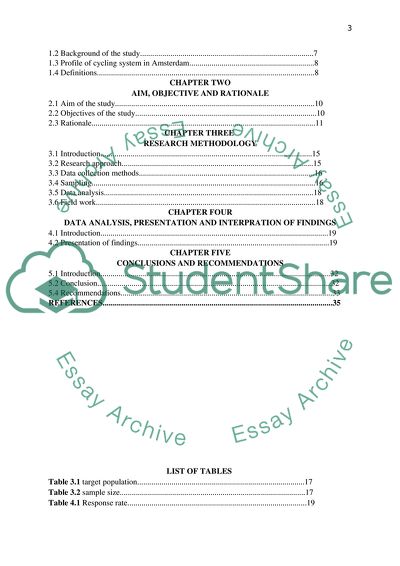Cite this document
(Cycling System in Amsterdam Coursework Example | Topics and Well Written Essays - 5000 words, n.d.)
Cycling System in Amsterdam Coursework Example | Topics and Well Written Essays - 5000 words. https://studentshare.org/tourism/1873896-1-international-research-project-about-amsterdamfor-example-cheesebicycleheineken-beer
Cycling System in Amsterdam Coursework Example | Topics and Well Written Essays - 5000 words. https://studentshare.org/tourism/1873896-1-international-research-project-about-amsterdamfor-example-cheesebicycleheineken-beer
(Cycling System in Amsterdam Coursework Example | Topics and Well Written Essays - 5000 Words)
Cycling System in Amsterdam Coursework Example | Topics and Well Written Essays - 5000 Words. https://studentshare.org/tourism/1873896-1-international-research-project-about-amsterdamfor-example-cheesebicycleheineken-beer.
Cycling System in Amsterdam Coursework Example | Topics and Well Written Essays - 5000 Words. https://studentshare.org/tourism/1873896-1-international-research-project-about-amsterdamfor-example-cheesebicycleheineken-beer.
“Cycling System in Amsterdam Coursework Example | Topics and Well Written Essays - 5000 Words”. https://studentshare.org/tourism/1873896-1-international-research-project-about-amsterdamfor-example-cheesebicycleheineken-beer.


